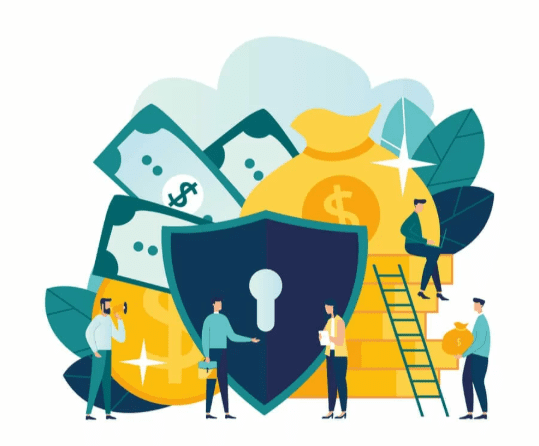Responsible lending isn’t something lenders can afford to ignore anymore. It’s more than just following the rules. Today, it’s about actually building trust with customers and making sure they’re not getting in over their heads with debt.
So, why should lenders care about being responsible? Let’s break it down.
What Does Responsible Lending Really Mean?
At its core, responsible lending is about making sure a borrower can afford to repay a loan before they take it on. Instead of offering someone the maximum amount they can technically borrow, it’s about being honest about what they can handle. It’s checking their financial situation and asking, “Can they actually manage this?” If the answer isn’t clear, that’s a red flag.
It’s about offering clear terms and being upfront with borrowers. No fine print. No hidden fees. Just a simple, straightforward deal that works for everyone. This is what a good digital lending platform can help you in achieving.
Why Compliance Isn’t Enough Anymore
For a long time, lenders focused mainly on meeting the bare minimum requirements to stay compliant with the law. And sure, that kept them out of trouble, but it didn’t exactly build trust with customers.
The thing is, compliance is no longer enough. People want to feel secure and understood by the institutions they borrow from. They’re looking for more than just someone who follows the rules—they want to know that the lender genuinely cares about their financial well-being.
That’s where responsible lending comes in. It’s not just about checking off boxes or avoiding fines; it’s about proving to your customers that you’re on their side.
Why Responsible Lending Matters for Lenders
1. It Keeps You Out of Legal Trouble
Of course, no one wants to get into legal hot water. But beyond the obvious, responsible lending helps keep you ahead of the curve. Regulators are paying close attention to how lenders treat borrowers, and they expect institutions to go beyond the basics.
By sticking to responsible lending practices, you not only follow the law but also show that you’re focused on protecting consumers. That’s a huge win in today’s world where trust matters more than ever.
2. It Builds Customer Loyalty
When people feel like they’re being treated fairly, they’re more likely to return. Responsible lending shows customers that you’re looking out for them, and that goes a long way. It’s not about locking people into risky loans for the sake of profit; it’s about offering them products that make sense for their situation.
And guess what? When you build that trust, you don’t have to chase after customers. They’ll stick with you because they know you’re someone they can count on.
3. It’s the Right Thing to Do
At the end of the day, responsible lending is simply the right thing to do. Lending isn’t just a business transaction—it’s about helping people. By ensuring that customers can actually afford what they borrow, you’re preventing them from falling into debt traps.
This is where responsible lending ties into financial inclusion. When you offer fair loans to people who might not otherwise have access, you’re playing a part in empowering them financially. And that’s not just good for the borrower—it’s good for everyone.
The Business Side of Responsible Lending
There’s also a practical side to all this. Responsible lending isn’t just about being nice; it helps you run a healthier business.
- Better Reputation: In today’s world, reputation matters. Lenders known for treating their customers well are more likely to attract repeat business and positive word-of-mouth.
- Lower Risk: By offering loans that borrowers can actually afford, you reduce the risk of defaults and late payments. It’s a win-win.
- More Sustainable Growth: When you lend responsibly, your portfolio stays healthier, your brand stays strong, and you avoid getting caught up in the mess of risky loans.
How to Make Responsible Lending a Part of Your Practice
1. Look at the Whole Picture
It’s not enough to just look at someone’s credit score. Responsible lending means looking at everything: their income, their existing debt, their overall financial situation. When you take all of that into account, you can better assess whether a borrower is really able to handle the loan.
2. Be Transparent
When people understand exactly what they’re getting into, they trust you more. No hidden fees. No fine print. Just honest, straightforward information about the terms of the loan. It’s simple, and it makes a big difference.
3. Offer Support and Education
Sometimes things don’t go according to plan. That’s where offering extra support comes in. Help your customers understand how to manage their loan, and be there if they run into trouble. Providing financial education shows that you’re invested in their future—not just their money.
Wrapping It Up
At the end of the day, responsible lending is about more than compliance—it’s about building trust with your customers and creating a foundation for long-term success. Lenders who focus on being responsible aren’t just following the law; they’re actively working to build relationships that benefit everyone.
By lending responsibly, you’re not just protecting your business; you’re helping borrowers succeed, and that’s something we can all get behind.
Explore Textify’s AI membership
Need Data? Explore the world’s largest Charts database
